Ancient Mystery Unearthed: German Metal Detectorist Discovers Saxony’s Oldest Coin, Unlocking Secrets Lost for Millennia
Imagine stumbling upon a tiny golden time capsule—smaller than a penny, yet 2,200 years old, and shimmering with 99 percent pure gold. That’s exactly what happened in July 2025 near Leipzig, Germany, when a metal detectorist named Daniel Fest unearthed the oldest coin ever found in Saxony. This isn’t just any coin; it’s a quarter stater minted by Celtic tribes during the third century B.C.E., adorned with an animal’s face on one side (horns and all!) and mysterious Celtic symbols on the other. Now, here’s the kicker—this coin looks almost untouched by time, a dazzling relic that whispers tales of ancient trade, status, and maybe a sprinkle of Celtic magic. Could this tiny nugget of history actually change how we see Saxony’s past connections? Spoiler alert—it already has! LEARN MORE
The 2,200-year-old coin is made of 99 percent pure gold and features an animal’s face on one side and Celtic symbols on the other.
In July 2025, a metal detectorist near Leipzig, Germany, made a stunning discovery: the oldest coin ever found in Saxony.
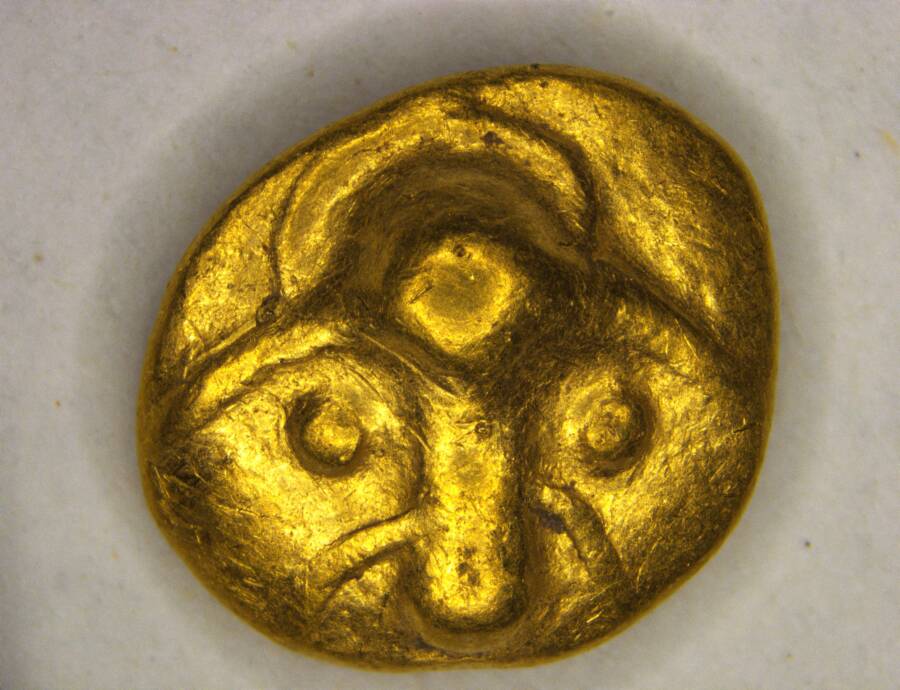
Saxony State Office for ArchaeologyThe face on the front of the ancient coin has a protruding forehead, a large nose, and what appear to be horns.
The gold coin is a quarter stater, a type of currency used by Celtic tribes in central Europe — and it dates back to the third century B.C.E. The artifact is in near-mint condition, making it an incredibly rare discovery, one that German officials are calling “a tangible fragment of our history.”
The Celtic Gold Coin Found In Germany
Daniel Fest, the metal detectorist who found the gold coin, unearthed it back in July while searching near Leipzig. He immediately reported his discovery to cultural heritage authorities, and state archaeologist Dr. Regina Smolnik set to work identifying it.
The coin is smaller than an American penny and made of 99 percent pure gold. One side features the stylized head of an animal, likely a stag, while the other features several Celtic symbols, including a torc — depicted as an open circle. Ancient Celts saw torcs as both protective amulets and status symbols.
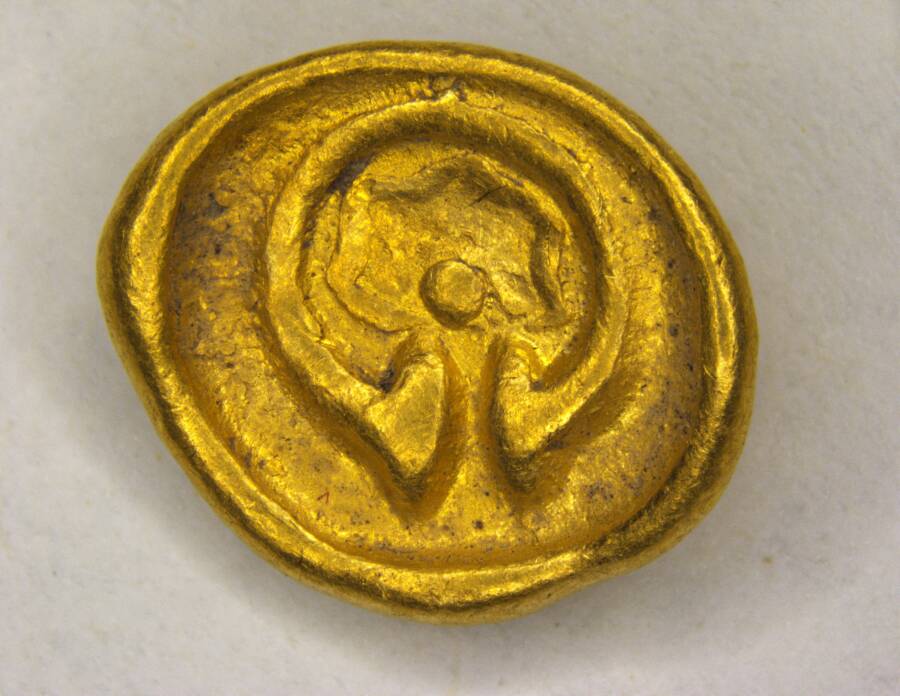
Saxony State Office for ArchaeologyThe back of the coin features a torc, a five-pointed star, and a sphere, all common Celtic symbols.
Smolnik identified the coin as a quarter stater, specifically one minted in Bohemia during the early years of Celtic coin production. According to folklore, these coins — also called “rainbow cups” due to their domed shape — could be found at the end of a rainbow, a legend that arose because farmers often found them in their fields following heavy rainstorms.
“Celtic coins are a rarity in Saxony,” said Smolnik in a statement from Saxony’s State Office for Archaeology. “Although Saxony lies outside the Celtic settlement area, this valuable new find is further evidence that there were regular contacts and connections.”
In fact, this coin is so rare that it’s already made history.
The Oldest Known Coin In The Saxony Region
While Daniel Fest called this stunning artifact “not my oldest find, but definitely my most beautiful,” it is actually the oldest coin ever discovered in Saxony, dating back 2,200 years to the third century B.C.E. It’s also one of just 11 Celtic coins ever found in the region.
What’s more, only one of these coins was also gold, and it was worn, while this one is in nearly perfect condition.
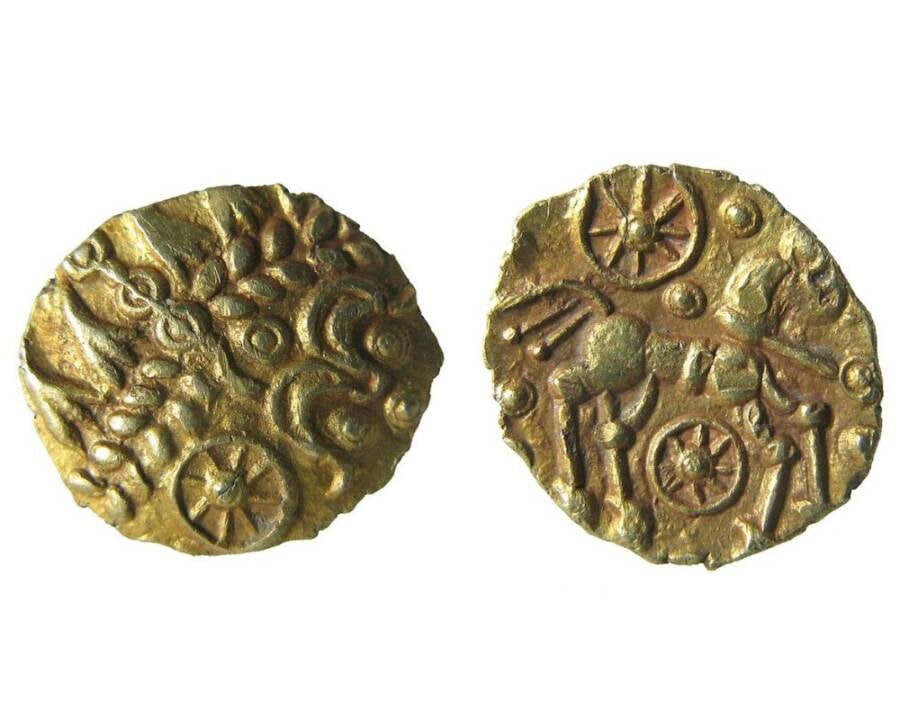
Hampshire Cultural Trust/Wikimedia CommonsAnother example of a quarter stater. This one dates to between 60 and 20 B.C.E. and was found in England.
“While we refer to the object as a ‘coin,’” said Smolnik, “it can be assumed that this almost mint-fresh new find was hardly in circulation in the sense of a coin economy. Rather, it was likely a status symbol of a store of value for an upper class with trade relations with the Celts.”
The coin’s age and preservation aren’t the only features that make it special, though. At just two grams, it may also be the smallest artifact ever presented by the State Office for Archaeology.
The Celtic coin will soon go on display in a museum for the public to appreciate.
As Saxony’s Minister for Culture and Tourism, Barbara Klepsch, stated, “This gold coin is a tangible fragment of our history, illuminating ancient trade and the people who once lived here. It shows how civic engagement contributes to uncovering and preserving our cultural identity.”
After reading about the discovery of the oldest coin ever found in Saxony, learn about Cernunnos, the horned Celtic god of wild places and beasts. Then, check out these creatures from Irish folklore.
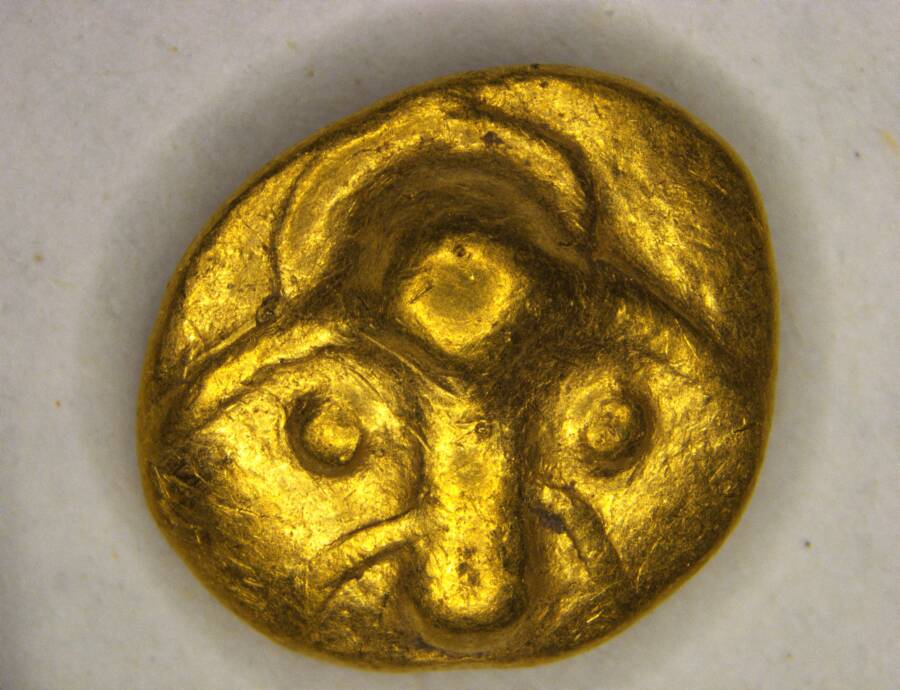





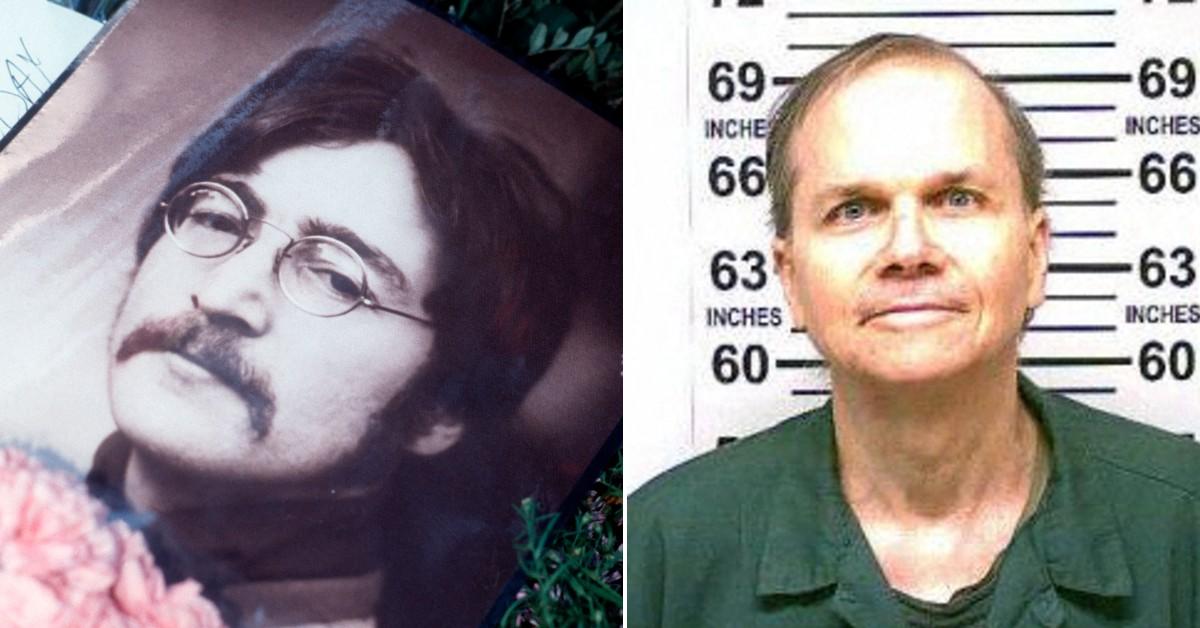
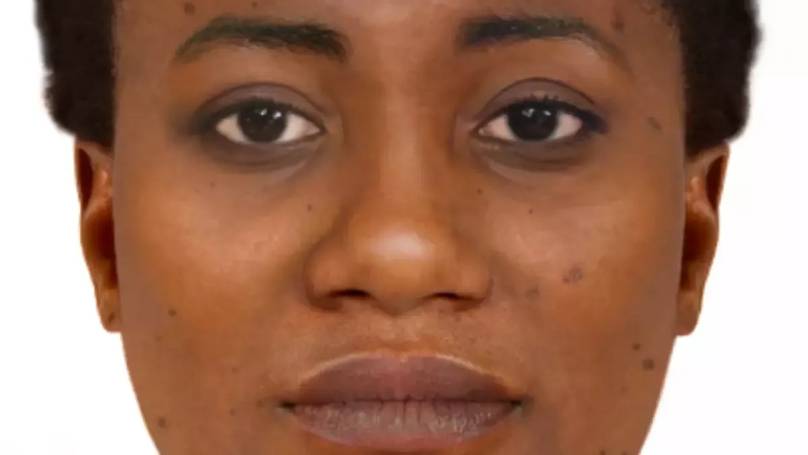
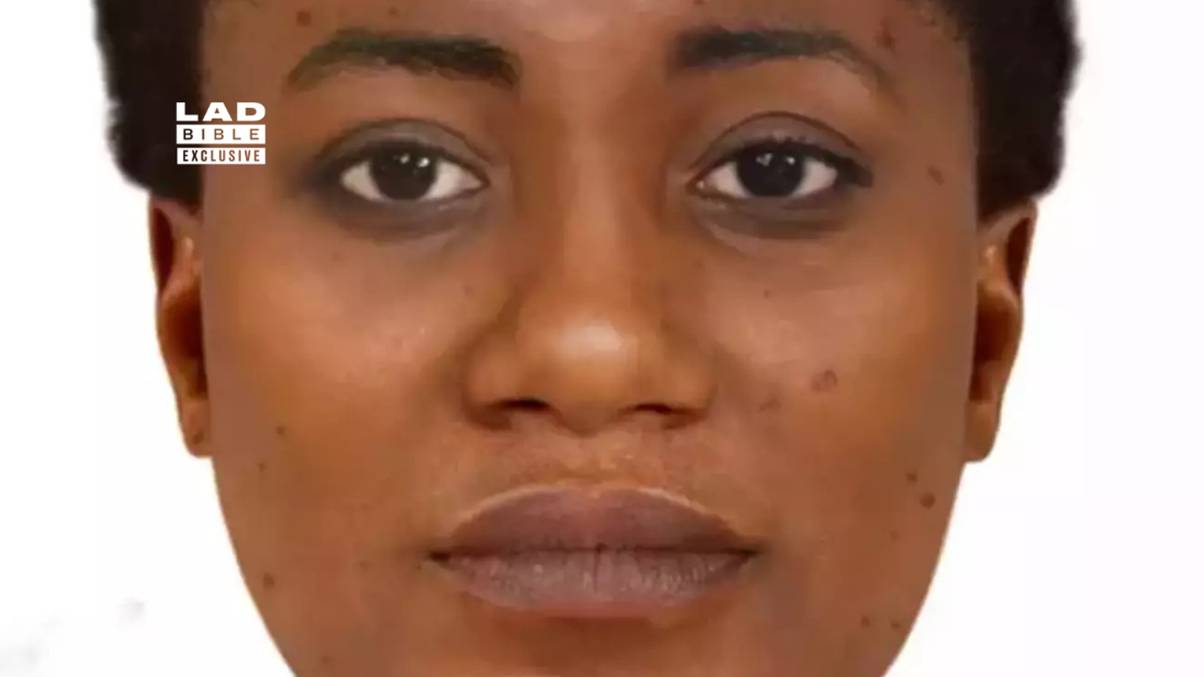




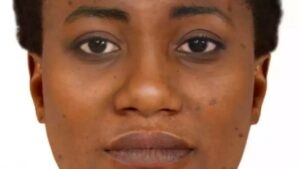
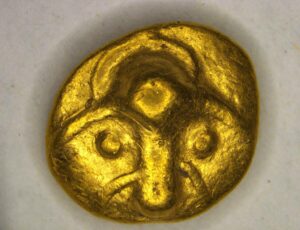





Post Comment